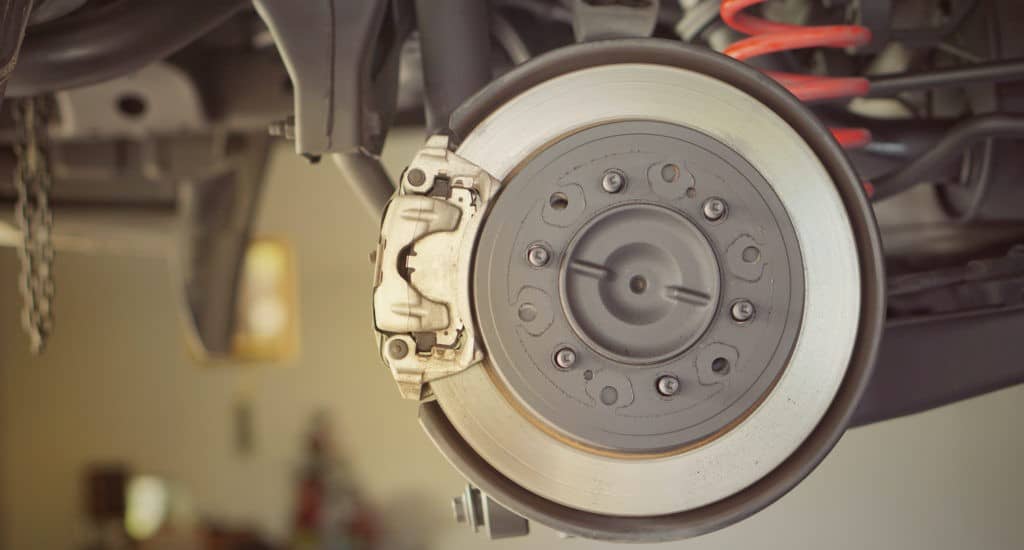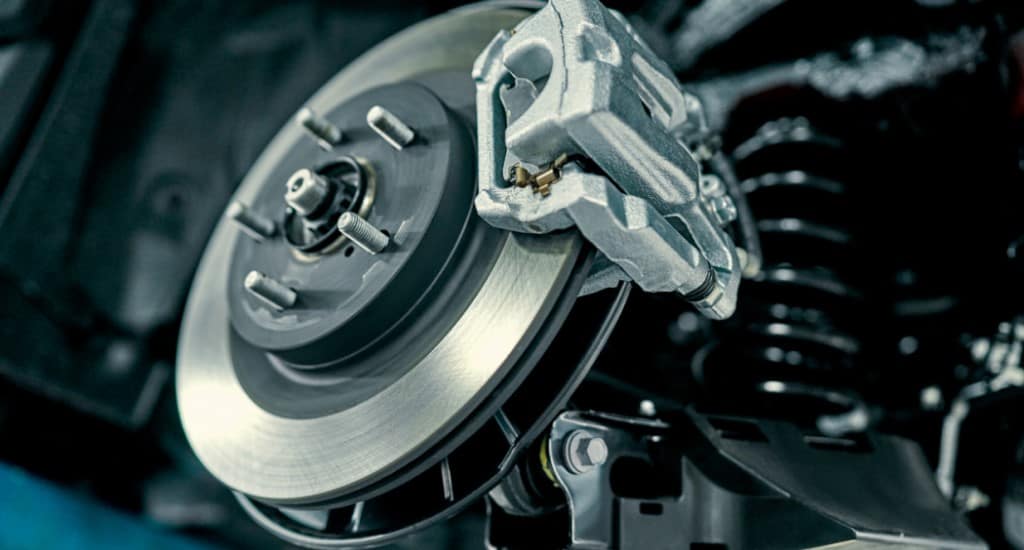While your will eventually need to replace damaged parts of your braking system, you want to minimize the pressure on wearable components and enjoy a longer use time. Here are 12 ways to get started.

1. Drive Coast Mode
Coasting is good for your brakes. The more you apply your brake pedal, the more the braking system is put to work. Over time, this adds up and wears out your braking system faster. Avoid decelerating quickly when driving at high speeds. Coasting your car ahead of a bend or stop sign will also help you reduce the pressure on your brakes and make them last longer.
2. Reduce driving speed
Your car slows down when brake pads successfully convert motion energy to heat. Thus, the more work or energy conversion they have to do, the faster your brake pads wear. Running at high speeds and abruptly bring your car to a halt hurts braking components. By reducing driving speed, you minimize the amount of pressure on your brake pads and thus slow down wear.
3. Don’t tap the brakes while simultaneously accelerating
This is something you should avoid. If you’re used to tapping the brake pedal while pressing the accelerator at the same time, you’re doing nothing but damage to braking components and encouraging faster wear.
4. Don’t stomp on the brakes
If you regularly go heavy on the brakes when approaching a traffic light or stop sign, you’re ruining your brakes. You know where to turn, and what traffic sign is ahead, so taking a slow drive is what you want instead of putting your brakes to heavy use. This will minimize brake use and prevent components from quick wear.
5. Go for Quality parts
The allure of cheap parts could compromise your brakes in the long run. While quality parts may only be marginally more expensive, they last longer. Avoid sticking new brake parts to old ones. This reduces pad wear and ensures you have reliable braking components at any point in time.
6. Don’t delay installing new parts
If any component of the braking system is dysfunctional or aged, a good practice would be to have your car inspected by a professional. This way, noises and vibrations synonymous with faulty moving parts of your braking system will be fixed before the damage extends to other components of your car.
7. Don’t overburden your car
It’s not uncommon to leave more luggage in your car than is necessary. You probably don’t want to stress out moving things in and out of your car or are short on storage space. Whatever the reason, your excess luggage are better kept away from your car than inside it. Because the heavier your car, the more effort required to slow it down when you apply the brakes. This increases wear and will ultimately reduce the lifespan of braking components.

Follow Scheduled Maintenance
1. Flushing your brakes
A flushing service is generally due once every 2 years. The need is even more important for older cars. Done properly, this service will ensure there’s sufficient, clean fluid in the braking system. Brake fluid is hygroscopic, and will thus attract water into the system over time. This is problematic for your brakes in two ways; if the fluid is unchanged, water can boil when you stomp on the brakes, thus causing a drop in braking performance. Moisture will also corrode internal components and thus encourage faster wear.
2. Bleeding is important
Flushing takes off water from the system as bleeding evacuates excess air. Entrapped air can compromise braking performance and make it difficult to slow down when traveling at high speeds. This service should be performed once over 2 to 3 years and involves adjusting the bleeder valve while applying the brake pedal.
3. Monitor and refill brake fluid
Brake fluid is housed in the master cylinder reservoir. Low fluid levels will overwork the master cylinder and other braking components, and thus lower the efficiency of the braking system.
4. Carry out routine inspection service
Even if your car seems to be in perfect shape, it’s important to regularly inspect key components such as the braking system. Thankfully, newer cars are equipped alloy or steel wheels, allowing you to inspect brake pads, rotors and calipers fairly easily. You ideally want to look out for bad caliper, rotor scratches, uneven brake pad wear and other such faults that could eventually hurt braking performance.
5. Don’t ignore warning lights on your dashboard
Today, most cars have a built-in monitoring system that detects brake problems and triggers a warning light on your dashboard. If for any warning light turns on, carry out an inspection service to forestall extended damage and costly repairs.
6. Inspect your vehicle’s underside
Tar, salt, pebbles and ice expose the underbelly of your car to significant abuse, and the brake lines are not spared. While cars are usually designed to protect the brake lines from harm, always keep an eye to ensure they don’t develop holes or harbour rust and particles that worsen wear.
7. Keep Your Owner’s manual handy
Your car owner’s manual is there for a reason. Use it! Ensure to follow maintenance guidelines and only use parts recommended for your car. By establishing a routine inspection service, you stay ahead of problems and ensure your brake system is in good shape for longer, safer driving.
